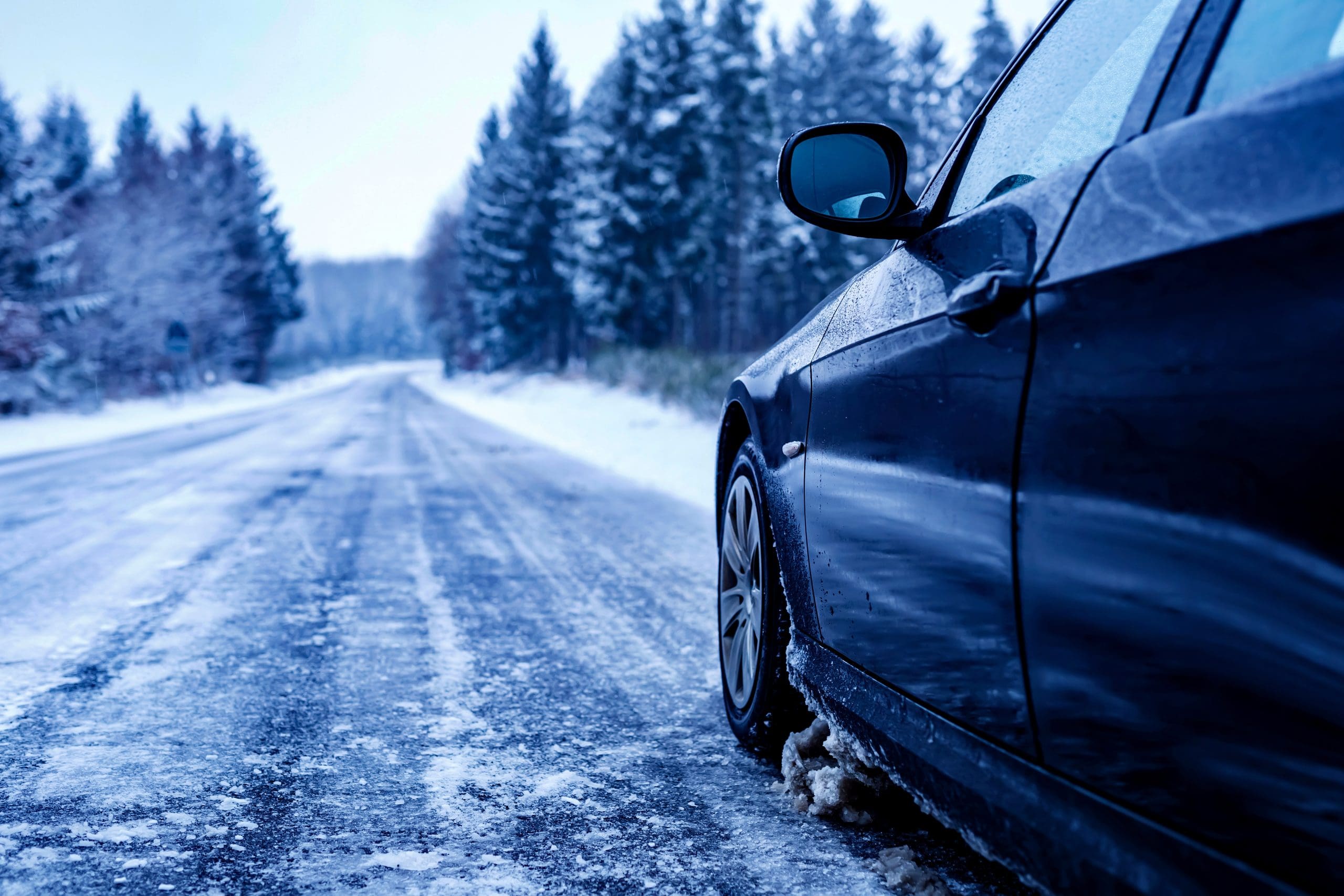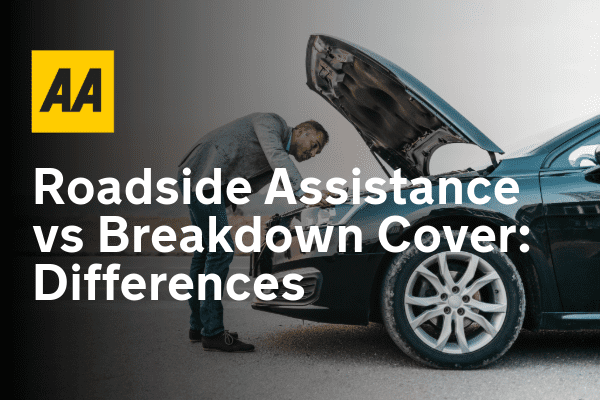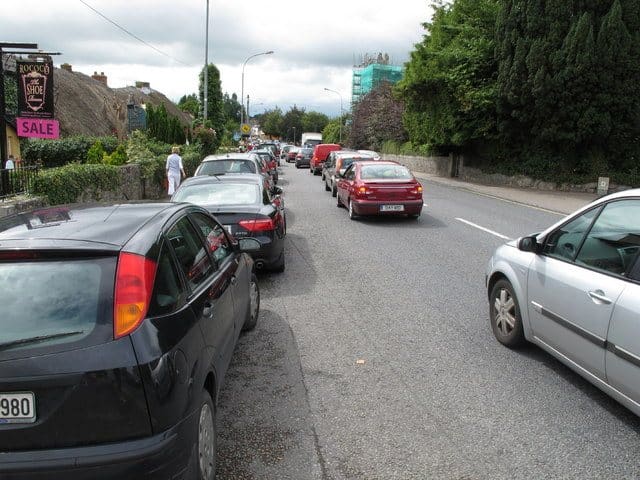Driving during the winter season can be more challenging than at any other time of the year, as weather conditions can change drastically over the course of a single day.
Why are winter driving conditions more dangerous?
The combination of changing weather, reduced daylight and the increased risk of fatigue kicking in during the pre and post-work commute (for those who are travelling to work) unfortunately often leads to an increase in incidents on Irish roads at this time of year.
A few small changes to your driving behaviour can go a long way towards keeping our roads safe.
However, if you do experience a winter breakdown, remember that the AA is here to help – AA Membership is available online.
1. Be Alert to the Risk of Fatigue
While fatigue is an issue for drivers all year round, the winter season brings with it a heightened risk as we often find ourselves doing most of our driving in darkness. This combined with the additional commitments you may be juggling in the months ahead can lead to your concentration slipping while you’re behind the wheel.
2. What to do when you’re driving fatigued
If you find this happening the best option is to pull in somewhere safe and take a 10 to 15 minute break from driving, ideally getting a coffee if you have the option to do so.












